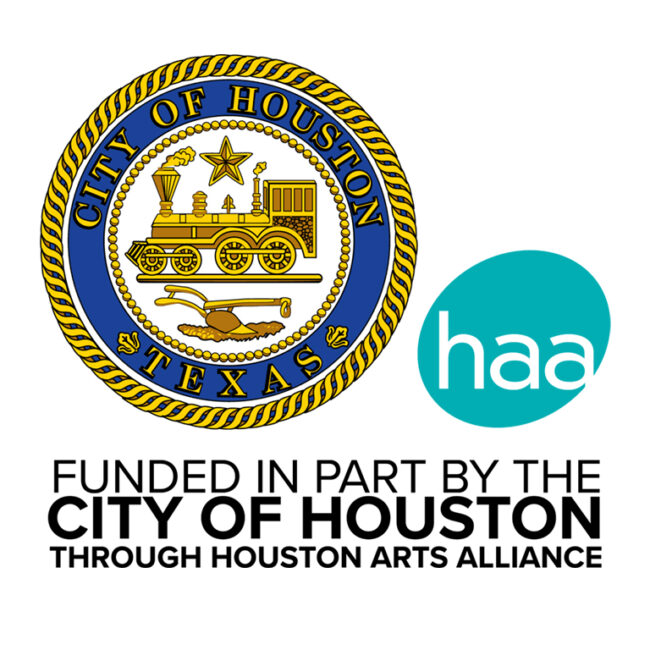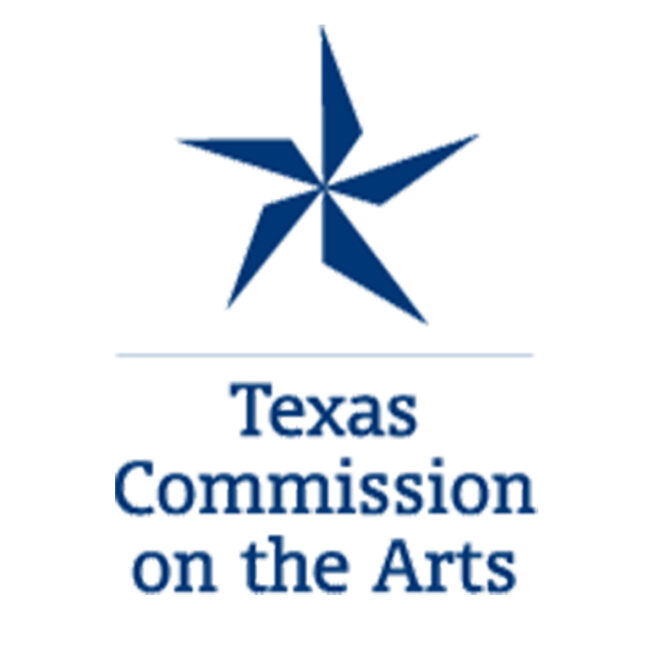
George Grochocki: …wholeness in divided thoughts…

June 20 - July 15,2020
Polish-born, internationally recognized artist, George Grochocki, whose career spans for more than six decades, currently lives and works between Houston, Texas, and Warsaw, Poland. As Euclid constructed a system of geometry erected upon foundation of primary notions, and Spinoza utilizing the Euclidian model constructed a system of philosophy, George Grochocki has constructed a body of work that places him firmly in the tradition of “one-image” systemic art. His work claims similarity to the abstract systemic art and the repetitive imagery of such artists as Kenneth Noland, Ad Reinhardt, and Thomas Downing. Grochocki utilizes in his system four colors: black, gold, silver, and white. For the artist these colors are symbols or “signs” that represent the notions of tranquility, confinement, separation, and tension. Utilizing the square as his primary form, Grochocki creates four spatial archetypes or “areas." These “areas” when endowed with color become a commentary upon the dynamics of space. There is a profound simplicity and elegance in Grochocki’s work that is built upon his unique synthesis of color and form, a synthesis that enables the viewer to discern the bridge between scientific and artistic understanding of the world. “Art is beyond manipulation and beyond time. Let us give honor to that which is conscious, independent, constructive, and discoverative. If art is to be recognized as an object of the creative thought of the artist, then it cannot be chaotic. Otherwise, we would be deprived of the possibility of evaluation and assessment. There has to exist an organization of diversity, which guides the creative process. Each ordering should be based on the logic of systems which bear a mathematical characteristic. Art is part of our being, and being is part of nature, which we recognize with the help of mathematical methods (in the sense that art is mathematical in its structure, as it organizes planes and space). My conception of the Mathematics in Art originated in close relationship with my formulated system of Four Signs of Plane and the Four Areas of Space. Hence, the reason for my usage of the square as the basic form of the object, from which follows, the number four as a definition of quantity. At the same time, the square acts as the creative as well as the emotional solution to the plane and space, which are thus combined into the reality of the mathematical element. My compositions, therefore, are results of the usage of logical systems, which are often based on mathematical formulas and numerical sequences. These compositions derive at first from the flat plane and expand into three-dimensional space. This alludes to the mystery of how motion in geometry, infinity, the reversal of sequences, and logical number systems, all start as a simple graphed line, which becomes an integral part of the art object. “In the pursuit of ‘creative perfection’, consciousness suggests that the notion of perfecting ideas and construction, same as any perfection, exists only in the imagination. There is no straight line, nor is there an ideal square. Perhaps, then, perfection lies in imperfection, and perhaps one should search for the “ideal straightness” where everything is curved, where the bark marks the straightness of the trunk, where there are only vertical horizons. In the rhythm of living geometry, one searches for the poetry of words transforming them into names.” - George Grochocki, 2020 George Grochocki has participated in over a hundred individual and group exhibitions in Europe and the United States, receiving several awards and merits. His involvement in the Systemic Art movement in Europe and with artistic groups such as Arbeitkreis in Holland, Dimensio in Finland, and Exacte Tendenzen in Austria, has earned him outstanding international praise. From 1963 to 1968, before dedicating his life’s artwork to his systemic philosophies, Grochocki created a series of paintings inspired by mountainous landscapes, figurative compositions and surreal abstractions. Between 1967 and 1970, a fascination with mathematics and geometry lead Grochocki to the creativity of Constructivism. In 1977, Grochocki participated in the Congress of Visual Text in Warsaw, where he employed his color system in relation to a letters’ sound, creating a personal visual language. In 2013, for his “Art as an Interpretation of Mathematics" he received an Honorary Grant from tonal letters in accordance with his Four Signs of Plane and Four Areas of Space System. Both themes were accompanied by a publication that was designed and printed by the artist. Grochocki's work can be found in numerous museum and public collections, such as Museum of Art, Lodz, Poland; National Museum of Art, Kielce, Poland; Museum Modern Art, Hunfeld, Denmark; Portland Art Museum, Portland, Oregon; USA; Exakte Tendenzen Collection, Vienna, Austria; François Morellet Collection, Cholet, France; Fibak Collection, Warsaw, Poland; ARTROOM Collection, Warszawa, Poland.
Anya Tish Gallery
4411 Montrose
Houston, TX 77006
Get Directions









